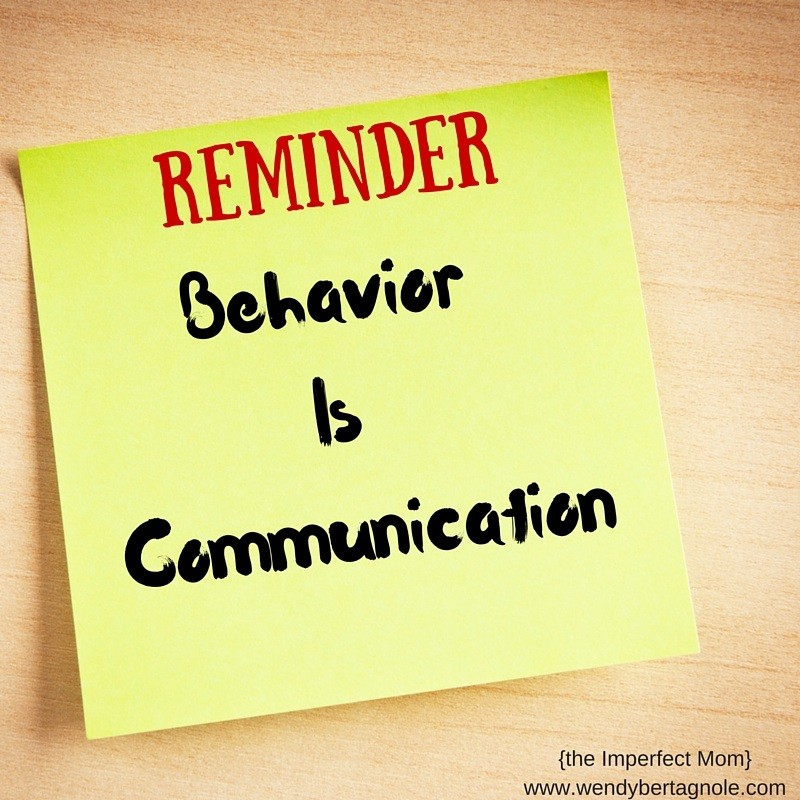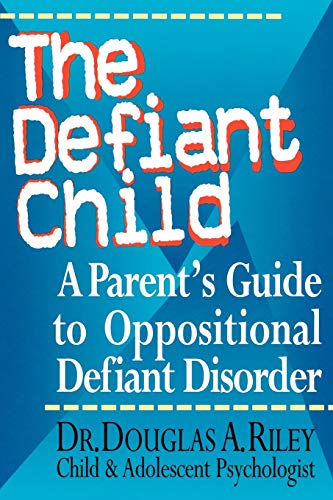The Easiest and Quickest Way To Calm Down Temper Tantrums
There was a time when my house regularly resembled a war zone.
Although there was typically an explosion of toys here and there, that wasn’t the cause of most of the damage.
The yelling, fighting, power struggles, meltdowns, and temper tantrums that occurred were enough to make anyone want to run away in fear.
I just wanted it all to calm down.
It wasn’t fun facing those stressful moments every day, but when I learned our friends were planning to move next to us, I was mortified at the thought of them being able to hear the chaos.
Back then we lived in a condo and were about to share a wall with some of our best friends who didn’t yet have kids.
The thought of permanently scarring their desire to have kids for life spurred me to find a quick and easy way to calm those temper tantrums right away.
Be sure to check out even more of my helpful parenting tips, too!

Temper Tantrums
Before I share our strategies, let me tell you a quick story.
Just the other day I came home from a meeting frustrated.
I was stressed, I was tired, and everything was bothering me.
I snipped at the kids, they couldn’t do anything right, and finally I blew up and completely lost it.
My husband tried to tell me to calm down, but nothing he did was helping, and all I wanted to do was get away.
I immediately locked myself in the bathroom and took a long, hot bath all by myself and cried.
No More Meltdowns: Positive Strategies for Managing and Preventing Out-Of-Control Behavior Parenting a Child Who Has Intense Emotions: Dialectical Behavior Therapy Skills to Help Your Child Regulate Emotional Outbursts and Aggressive Behaviors
Parenting a Child Who Has Intense Emotions: Dialectical Behavior Therapy Skills to Help Your Child Regulate Emotional Outbursts and Aggressive Behaviors Your Defiant Child: Eight Steps to Better Behavior
Your Defiant Child: Eight Steps to Better Behavior The Highly Sensitive Child: Helping Our Children Thrive When The World Overwhelms Them
The Highly Sensitive Child: Helping Our Children Thrive When The World Overwhelms Them
I got my emotions out, I relaxed, I thought, and when I was done I was able to walk back to my husband and explain my emotions more clearly.
Everything was better.
As human beings, when our emotions rise, our logic decreases.
We make rash decisions, we say things we wouldn’t normally say, and do things we wouldn’t normally do.
During our times of frustration, the body goes into fight or flight response.
Once the body hits that stage, the only way to get out of it is to allow itself to completely work through the full cycle.
A person in this kind of frustration can’t be pushed, persuaded, or bribed out of it.
They have to have time to calm down, relax, and regain focus.
That can only happen when a person has the time and space to put down the defenses.
And THAT will only happen when they no longer feel pushed.
The same concept applies to kids, which served as an “aha” moment for calming temper tantrums.
Time Out is Not A Calm Down Time
Previously when my kids would pitch a fit, I took the authority role.
I tried to be bigger, stronger, and louder than them.
I felt like it was my job to stop that tantrum, get them to calm down, and turn it around.
Not true.
By pushing against my kids, I was only making it worse, which is a typical mistake most parents make.
Any time a person is forced or pushed, or even bribed into something during the time of frustration, the body stays in fight or flight mode.
As long as the body senses the need to defend itself, it will stay in defensive mode.
So while a child may walk into timeout, if you were the one putting him there, that time will be spent in anger and rejection rather than calm and peace.
The Explosive Child The Kazdin Method for Parenting the Defiant Child
The Kazdin Method for Parenting the Defiant Child The Survival Guide for Kids With Behavior Challenges: How to Make Good Choices and Stay Out of Trouble
The Survival Guide for Kids With Behavior Challenges: How to Make Good Choices and Stay Out of Trouble The Defiant Child: A Parent’s Guide to Oppositional Defiant Disorder
The Defiant Child: A Parent’s Guide to Oppositional Defiant Disorder
The body will not have the time to relax and complete the defense cycle during a timeout because it is forced.
Calm Down Spot
The best way to help a child complete the cool down cycle is to offer a calm down spot where he can go voluntarily to cool down and relax, just as I did when I had a tantrum and needed space.
A calm down spot is a relaxing place.
Somewhere a child enjoys being and can willingly go when emotions are on the rise.
For great instructions on exactly how to set up a calm down spot, read here.
I know, you are thinking “oh that is nice in a perfect world, but my child IS the devil, this will never work for us!”
Hold tight because I happen to have experience with little devils too and it can actually be most effective for those who have a bit of devil in them!
Trust me.
Getting Your Child To Use The Calm Down Spot Willingly

For a cool down spot to work properly it has to be something a parent and child use together against temper tantrums and meltdowns.
Remember, during fight or flight a child’s defenses are up and nothing a parent says or does will be right.
Positive Discipline: The First Three Years, Revised and Updated Edition: From Infant to Toddler–Laying the Foundation for Raising a Capable, Confident How to Talk So Kids Will Listen & Listen So Kids Will Talk
How to Talk So Kids Will Listen & Listen So Kids Will Talk The Happiest Toddler on the Block: How to Eliminate Tantrums and Raise a Patient, Respectful, and Cooperative One- to Four-Year-Old
The Happiest Toddler on the Block: How to Eliminate Tantrums and Raise a Patient, Respectful, and Cooperative One- to Four-Year-Old Positive Discipline: The Classic Guide to Helping Children Develop Self-Discipline, Responsibility, Cooperation, and Problem-Solving Skills
Positive Discipline: The Classic Guide to Helping Children Develop Self-Discipline, Responsibility, Cooperation, and Problem-Solving Skills
So the trick is to follow these steps and see the most success.
1. Start Before Things Get Bad
During a quiet, calm, happy moment, set up a cool down spot with your child.
We all need different textures, noises, light levels, etc. to be able to relax so cool down spots might be different for every child.
That’s perfectly ok, and well worth the time you WON’T be spending trying to fight another tantrum.
While setting it up talk about how it feels to be in that spot.
- Talk about how comfortable, soft, quiet, and wonderful it feels.
- Talk about the emotions you feel when you are there.
- Ask your child to do the same or label those emotions for your child.
By setting the stage and labeling how wonderful it feels, your child will remember that and will be more likely to want those feelings when things start to get rough.
2. Use It Often During Calm Moments
During the day offer that spot as a place to go when things are quiet.
Make it a positive event, help your child enjoy the calm atmosphere in that cool down spot.
A few tips for encouraging willful trips to a cool down spot are this:
- make that a safe place where the child is not bothered
- don’t ever force going to the cool down spot
- respect the child’s need to go there in times of stress
On a side note, if the cool down area starts to become a place of escaping responsibility, limit the amount of time spent there.
The most effective rewards are those that are limited.
The same rule applies to cool down spots.
If your child wants to go there for 5-10 minutes to cool off, that is great, if chores are routinely being skipped, make the cool down spot the reward for doing chores.
Raising Your Spirited Child: A Guide for Parents Whose Child Is More Intense, Sensitive, Perceptive, Persistent, and Energetic How to Stop Losing Your Sh*t with Your Kids: A Practical Guide to Becoming a Calmer, Happier Parent
How to Stop Losing Your Sh*t with Your Kids: A Practical Guide to Becoming a Calmer, Happier Parent 1-2-3 Magic
1-2-3 Magic Parenting: Positive Parenting – Stop Yelling And Love Me More, Please Mom. Positive Parenting Is Easier Than You Think (Happy Mom)
Parenting: Positive Parenting – Stop Yelling And Love Me More, Please Mom. Positive Parenting Is Easier Than You Think (Happy Mom)
Only place limits on the usage of the cool down spot if it is being abused.
3. Offer it, Never Force it When Tantrums Arise
When the time comes and tension starts to rise, say something like “it looks like your body might need a little break” or “it seems as though your body is getting upset, is there a place you want to go to help your body feel better?”
Offer it up as a resource in those moments before the anger reaches the point of no return.
Encourage it without forcing it.
With time, most kids naturally gravitate towards the cool down spot if it is kept as a positive and calming place.
How to Get Your Child To Calm Down Regularly

My son was one who would fight issues until there was no fight left to give.
With time and practice of using a cool down spot, that has all changed.
Now I see his frustration start to rise and all I have to do is hold out my arms, pick him up and gently bounce and sway him (which is his preferred cool down spot).
There are times he will look at me and hold up his arms to me suggesting he needs a little bit of time to cool down.
Now instead of full fledged yelling battles that would send any neighbor running away in fear, we have a common strategy to work through the fight or flight response together.
Instead of using screaming battles to communicate those emotions, we use words and sometimes, like my calming bath I used to regain focus, we just let silence be the teacher until we are ready to talk.
I no longer have to worry so much about the neighbors running from all the screaming.
Sure we have temper tantrums, we also have grown up tantrums, but when we do, we know how to easily and quickly address them.
To learn more about supporting your child’s emotional needs:
No More Meltdowns: Positive Strategies for Managing and Preventing Out-Of-Control Behavior Parenting a Child Who Has Intense Emotions: Dialectical Behavior Therapy Skills to Help Your Child Regulate Emotional Outbursts and Aggressive Behaviors
Parenting a Child Who Has Intense Emotions: Dialectical Behavior Therapy Skills to Help Your Child Regulate Emotional Outbursts and Aggressive Behaviors Your Defiant Child: Eight Steps to Better Behavior
Your Defiant Child: Eight Steps to Better Behavior The Highly Sensitive Child: Helping Our Children Thrive When The World Overwhelms Them
The Highly Sensitive Child: Helping Our Children Thrive When The World Overwhelms Them
About the Guest Author
This post originally appeared on WendyBertagnole.com and is reprinted with permission.
With an undergraduate degree in child development, and a master’s degree in special education, this foundation was a springboard for Wendy in helping kids and families to see the root of any challenges they face.
















